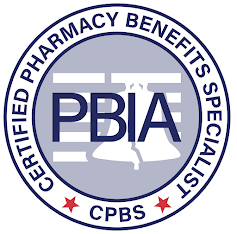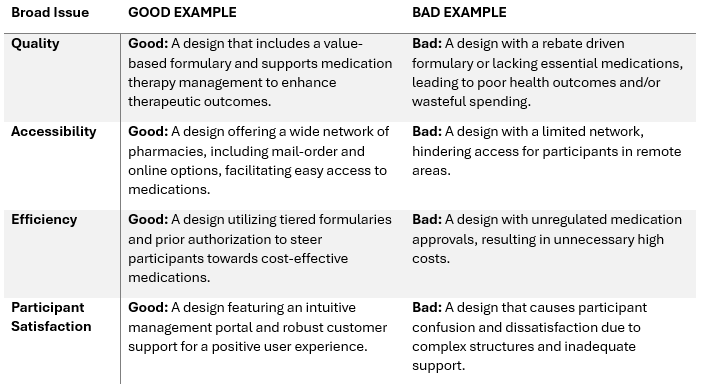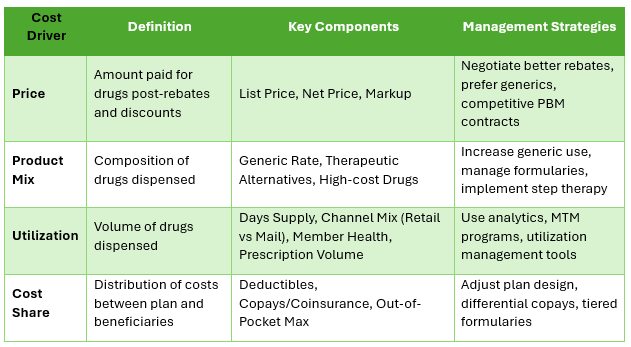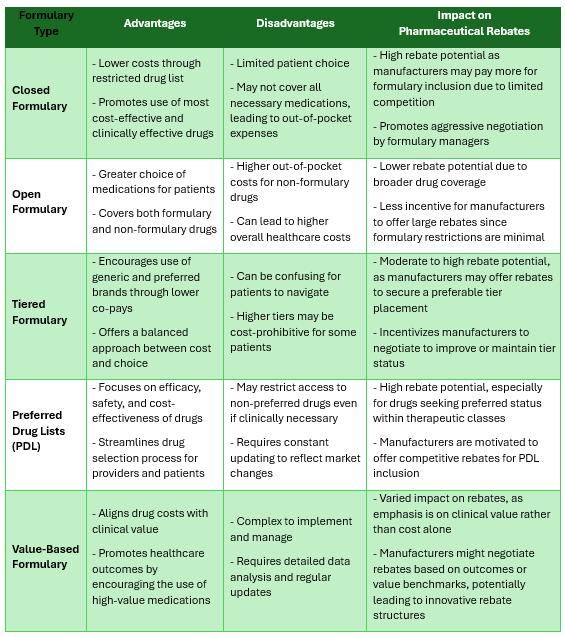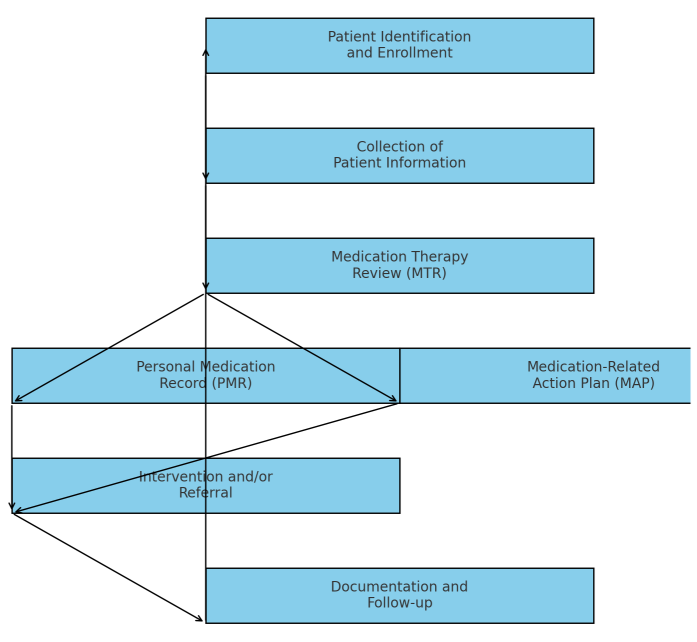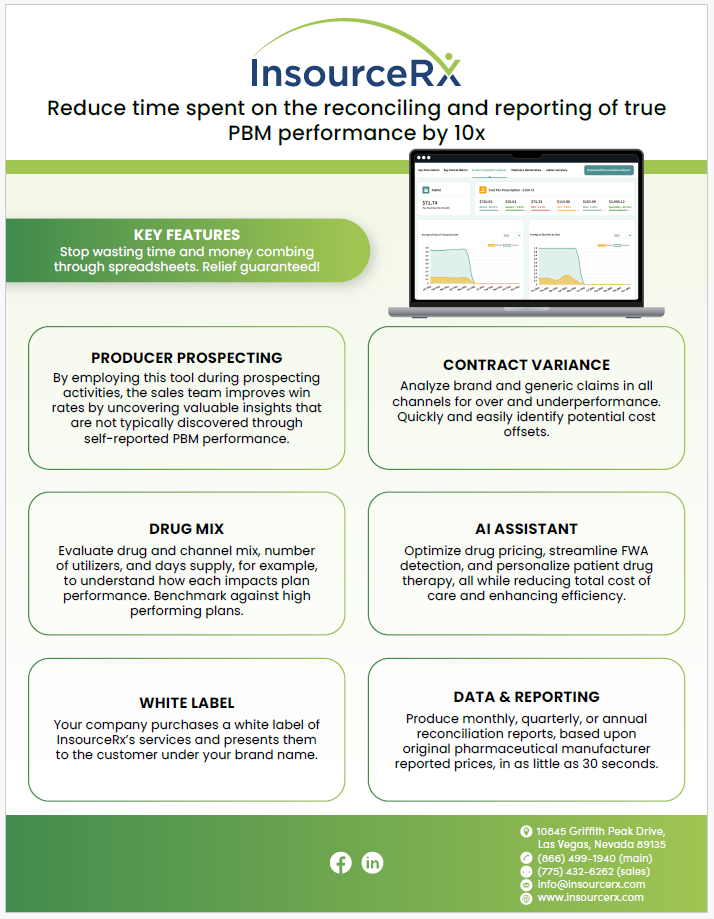Feds to investigate integrated Part D plans, PBMs [Weekly Roundup]
Feds to investigate integrated Part D plans, PBMs and other notes from around the interweb:
- Feds to investigate integrated Part D plans, PBMs. HHS’ Office of Inspector General will investigate the impact of vertically integrated Medicare Part D plans and pharmacy benefit managers on drug prices. In a notice posted in April on its website, the OIG said it will “determine the impact of related entity transactions within select vertically integrated entities on the prices for covered Part D drugs.” “Concern has been raised about the vertically integrated model,” the OIG wrote. “One such concern is that, by owning many links in the chain, a vertically integrated Medicare Part D sponsor may inflate drug prices.”
- Why Are Cash Prices Lower Than Health Insurance Negotiated Prices? Growing evidence demonstrates a counterintuitive phenomenon in healthcare: the cash price is often cheaper than insurance prices for the same service or product. Cash prices are unilaterally determined by a provider, while insurance prices are bilaterally negotiated between a provider and an insurance company. Don’t insurance companies presumably possess more bargaining power than individual patients? Our study found that among common shoppable services—such as lab tests, imaging, and joint replacements—half of U.S. hospitals set cash prices lower than their median insurance negotiated prices. Cash price being cheaper than insurance prices has also been documented for prescription drugs.
- Explainer: Why are US pharmacy benefit managers under fire? Separate bills aim to ban what is known as “spread pricing,” a practice in which PBMs charge health plans a larger amount for a drug than they pay out to pharmacies. Some are seeking more transparency under which the companies would be required to provide more information on their non-public negotiations. Rebates have also been a subject of proposed new government rules. The Trump administration sought in 2020 to make rebates illegal for Medicare prescription drug plans by removing the safe harbor protection that shields rebates from federal anti-kickback laws. The Biden administration delayed the rule until 2023 and Congress further delayed it until 2027.
- How GoodRx Helped Steal $7 From My Pharmacy. GoodRx, primarily known as a platform for obtaining prescription coupons and tracking drug prices, interacts with Pharmacy Benefits Managers (PBMs) in a way that’s distinct from traditional PBM operations. In essence, GoodRx leverages the existing PBM infrastructure to provide discounted prices directly to consumers, often bypassing the more traditional insurance-based prescription purchasing pathway. For benefits consultants and employers, understanding this interaction is crucial in advising on healthcare strategies that maximize both cost efficiency and patient outcomes. Employers need to consider how tools like GoodRx fit into a broader benefits design, particularly in terms of how they affect out-of-pocket costs for employees and the overall usage of pharmacy benefits managed under traditional PBM contracts.

